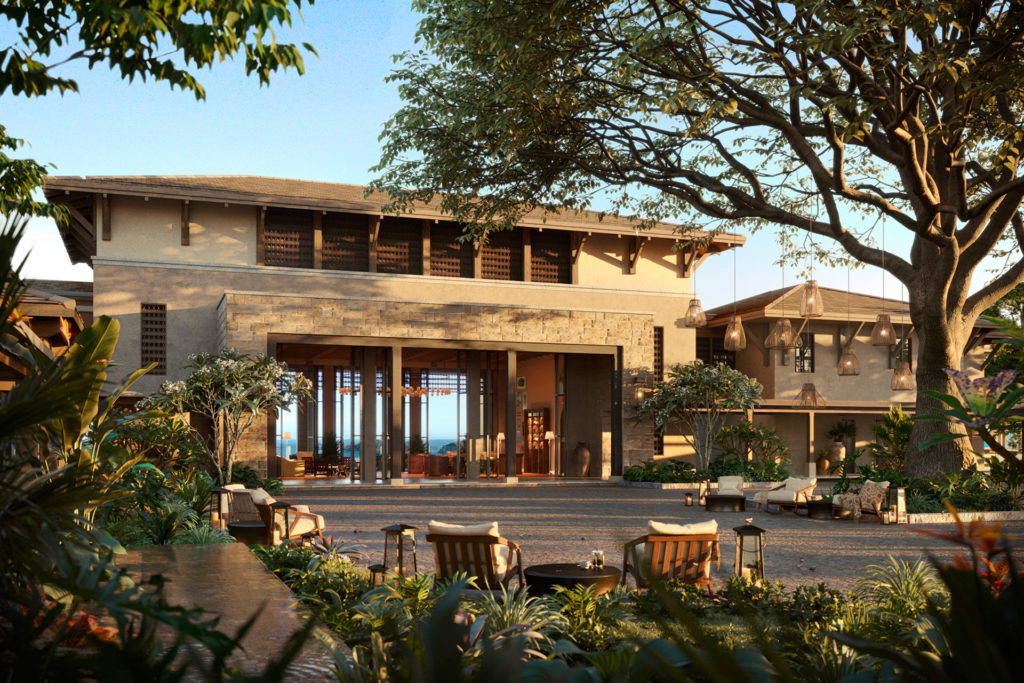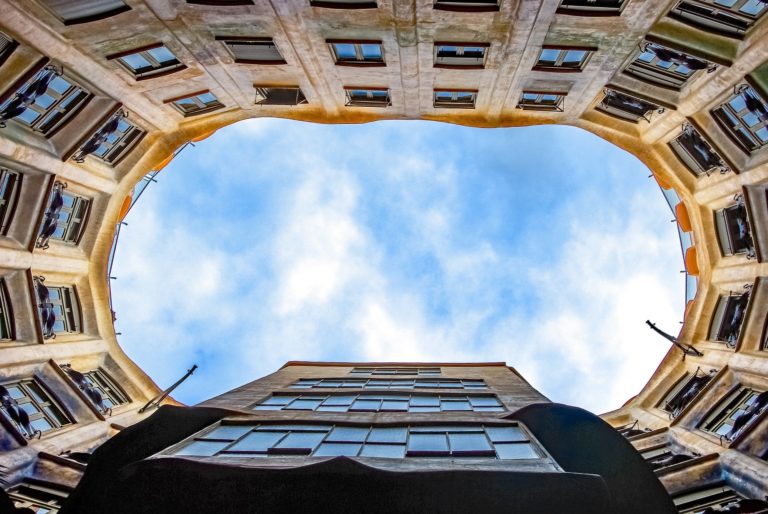
After ten years of unstoppable growth, a new era is beginning for Branded Residences, one in which expansion and segmentation will gain prominence. While in 2007 there were only about 115 branded residences worldwide, today there are 688 existing projects, an increase of 16% over last year and 72% compared to 2017. The data, collected in a study by real estate developer Savills, reflect a trend that has long been evident in the sector.
“Both hotel and non-hotel brands see Branded Residences as a growth opportunity and an important factor in increasing their brand equity,” Riyan Itani explained to luxury industry trade magazine Spear’s. Itani is the head of Global Residential Development Consulting at Savills, a firm that has closely followed this market and which in its most recent real estate trends analysis concluded that the current pipeline of projects will soon bring the Branded Residences portfolio up to more than a thousand projects worldwide. These include not only the luxury segment, but also premium and even mid-range products to meet the needs of a variety of clients. This is, in short, a mature market that is attracting large investments.
Geographic expansion
This business model, which until about ten years ago was concentrated exclusively in the United States, is experiencing a moment of geographic expansion. With regard to projects in the pre-sales and construction phases, Central and South America, along with the Middle East, are regions set to double their supply of luxury branded residences by 2026.
In the Spear’s magazine report, Marriott Group explains that in Latin America, investors prefer vacation properties in a tourism destination, with the objective of earning rental income during several months of the year. In the Middle East, on the other hand, owners stay in their new homes for a good part of the year, mainly for business. Considered the world capital of Branded Residences, Dubai plans to increase its supply by 73% by 2027.
Focus on new segments
In addition to relocation, the types of Branded Residences are changing. Luxury brands continue to be fundamental in the positioning of this product, but in recent years high-end hotel brands have made strong inroads as well, especially in the premium market segment. These real estate proposals have a high market value but do not reach the levels of exclusivity reserved for the very closed luxury niche.
In a clear strategy of real estate innovation, hotel brands are opening up their reach to attract new markets and new demographics in a broader price range. Buyers can be both ultra-high-net-worth (UHNW) corporations and individual homeowners attracted by the possibility of capital appreciation.
Mid-range buyers who would invest in more affordable Branded Residences are also interesting in this paradigm shift and some hotel brands such as Accor plan to enter the market.
High-impact collaborations
Major non-hotel luxury brands continue to be strong players. The Aston Martin Residence in Miami and the Lamborghini apartments in Sao Paulo are reference points in a booming sector. In the coming months we will see the opening of 400 luxury apartments in Abu Dhabi promoted by the Louvre and inspired by works of art from the museum. And we recently saw fashion house Bulgari open its own residential line in Dubai with a record price of £3,023 per square meter.
Whether mid-range, high-end or luxury, Branded Residences are set to change the investment model in real estate. The exclusivity of the services, the personalization of the offer and the prestige associated with a renowned hotel make this real estate innovation a true revolution for the hospitality sector, which benefits in turn from associations with luxury brands that transmit prestige, distinction and stability.



